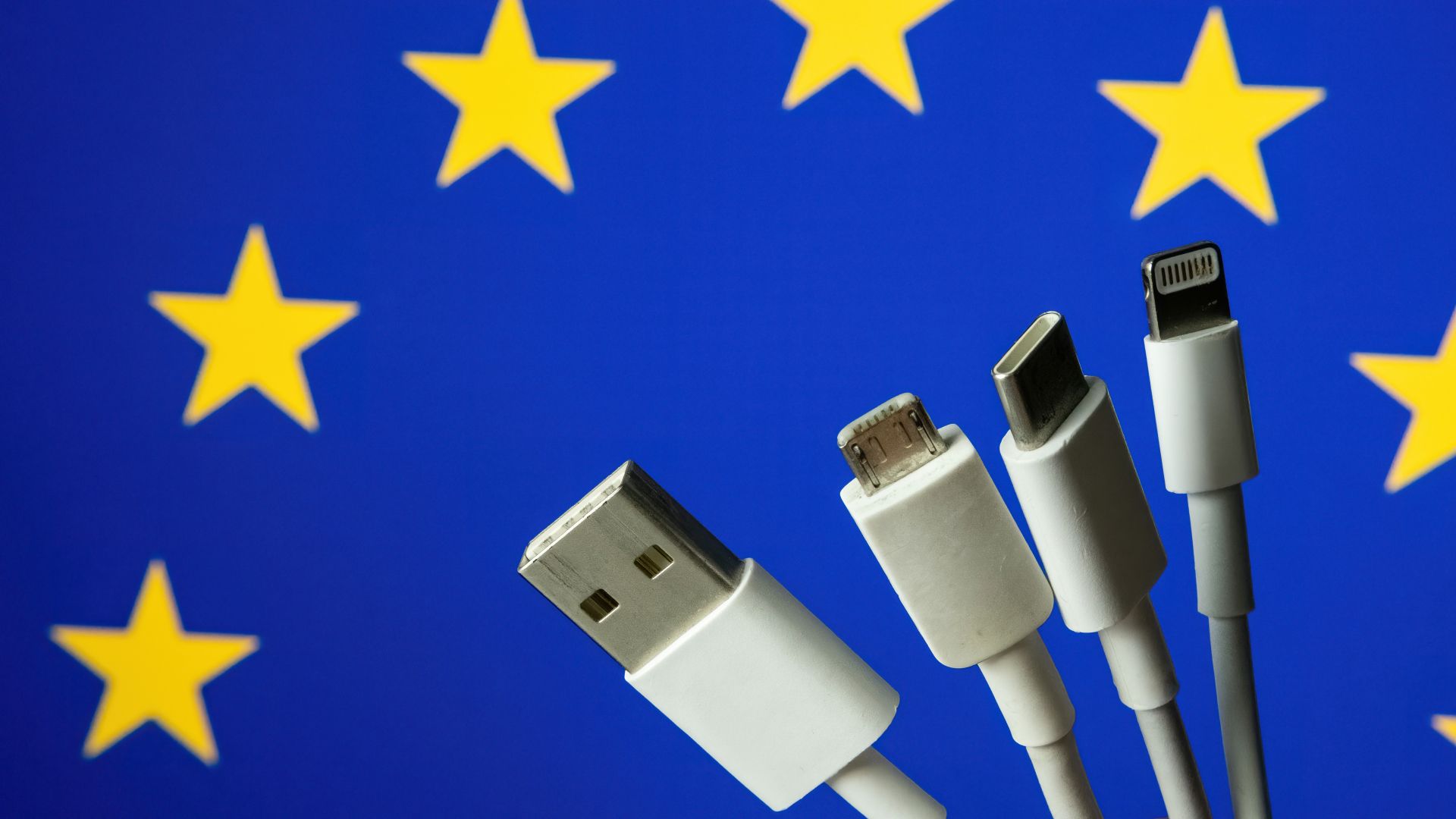Consumers will no longer have to buy a charger together with their new mobile device. Instead, they will be able to use their old one, thus saving money and better protecting the environment from plastic and electronic waste. This will be possible thanks to the adoption of the report on the common charger for all mobile devices in the European Parliament’s committee on the internal market and consumer protection. The author of the report is S&D vice-president Alex Agius Saliba and his report received overwhelming support, not just from the entire S&D Group, but also from other political groups. If the Commission and the member states agree with his report in the upcoming interinstitutional negotiations, companies will have up to 9 months to put the new rules into practice after the entry into force of the new legislation.
Alex Agius Saliba, vice-president of the S&D Group and European Parliament negotiator on the issue, said:
“For us, Socialists and Democrats, it is a matter of principle to make a common charger a reality. It is good for consumers, it is good for the environment. Thus, we save money and also spare the planet from 10,000 to 13,000 tonnes of the so-called e-waste. The legislative proposal by the European Commission was a good basis to work from. Now we enter into negotiations with the EU member states to have a common charger for all mobile phones and similar devices including tablets, digital cameras, headphones and headsets, handled videogame consoles and portable speakers. In a nutshell, everything that is recharged with a wired cable should be equipped with a USB-type C port, regardless of the device brand.
“Our group has been fighting for this for more than a decade. I am proud we enlarged the scope of the legislation in question and added other products to be covered by the new rules, such as laptops, e-readers, earbuds, keyboards, mice, screens, printers, portable navigations, digital radios and electronic toys. I hope the member states will agree with our proposal to also include smart watches, wearable and health trackers, personal care devices and lightening equipment in the scope of the legislation, unless their size is too small and they cannot be adapted to be equipped with a USB-type C port.
“The S&D Group considerably improved the European Commission’s legislative proposal by improving information and labels for consumers and adding provisions on wireless charging, as apparently this is the next step in technology. For this reason we ask the Commission to set the standards by December 2026, taking into account the most appropriate technical solutions and introduce interoperability between different wireless technologies. We are completely aware of the speed of high-tech development and we ask the European Commission to evaluate all new elements every three years and propose any changes, should any be necessary.”











